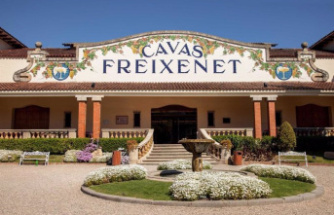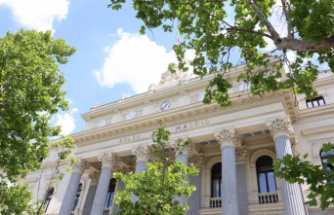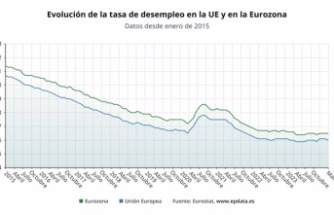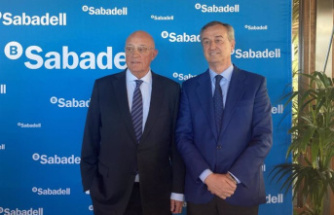Caption
Close
Gov. Andrew Cuomo is reshaping how New York state's electrical grid operates, encouraging consumers and local communities who buy electricity to also sell renewable energy into the system, sending power in both directions.
The New York Independent System Operator is now changing how it does business to adapt to these changes, the most sweeping since Thomas Edison created the first electrical grid in New York City in the late 1800s.
The NYISO, the North Greenbush entity that oversees the state's high voltage electrical grid, last week released a new report called a "roadmap" outlining how it plans to move forward under Cuomo's changes to the electric utility market, which will encourage so-called "distributed energy resources" such as solar panels, fuel cells and large batteries.
"The Distributed Energy Resources Roadmap is a step toward building the grid of the future as we transition from the century-old, centralized power system to a diverse, distributed, bi-directional grid," NYISO CEO Brad Jones said. "The roadmap highlights opportunities for more emerging resources to participate in our markets. It will guide developers, communities and others as they
seek to invest in a more flexible and dynamic grid."
Under the changes, part of a larger program called REV, or Reforming the Energy Vision, utilities will not only distribute power to customers but also manage renewable energy sources attached to the grid by consumers.
The new dynamic, designed to encourage new a cheaper forms of electricity besides large power plants, requires changes to the state's wholesale electricity market, which the NYISO operates.
The NYSIO has been adapting for years to incorporating wind farms and large solar farms onto the grid. However, under REV, thousands of smaller systems would be connected all over the grid that will need to be priced into the wholesale market, which traditionally is dominated by large power plants.
The state believes that smaller scale renewable energy sources, connected to the grid by either consumers, neighborhoods, towns or businesses, can stabilize the grid since they will be distributed around it instead of in a hub-and-spoke pattern caused by power plants that leads to large outages when a power plant or a substation is disabled.
However, the power must be sold at the wholesale market to create so-called "price signals" that provide higher prices for power where the electricity is needed most, encouraging investment.
Currently, consumers use solar and wind systems at their homes to generate power for themselves , with the excess sold to the utility at retail prices.
However, that relationship does not stimulate the markets. Under the changes, consumers can become full participants in the wholesale electric markets that the NYISO operates for large power plants - and be paid for it.
The changes are also expected to provide an incentive for large industrial batteries to be attached to the grid to save power for when it is needed most. This is important to offset the variability of renewable energy sources. For instance, a homeowner with batteries they use to store power for the electric car could be paid a premium to send some of that saved up power to the grid when needed.
The NYISO believes that these smaller sources of electricity will be bundled before being sold at wholesale electronic auctions, according to the roadmap.
Pilot studies are expected to begin later this year to test the changes before they are fully installed years from now.
The NYSIO operates a large control room at its headquarters in North Greenbush that shows a map of the electrical grid. The NYISO will have to find new ways to map these new resources being added to the grid, although the utilities will largely be responsible for that since they own and operate the distribution lines where people will connect solar, wind and industrial batteries to the electrical grid.
Our editors found this article on this site using Google and regenerated it for our readers.













